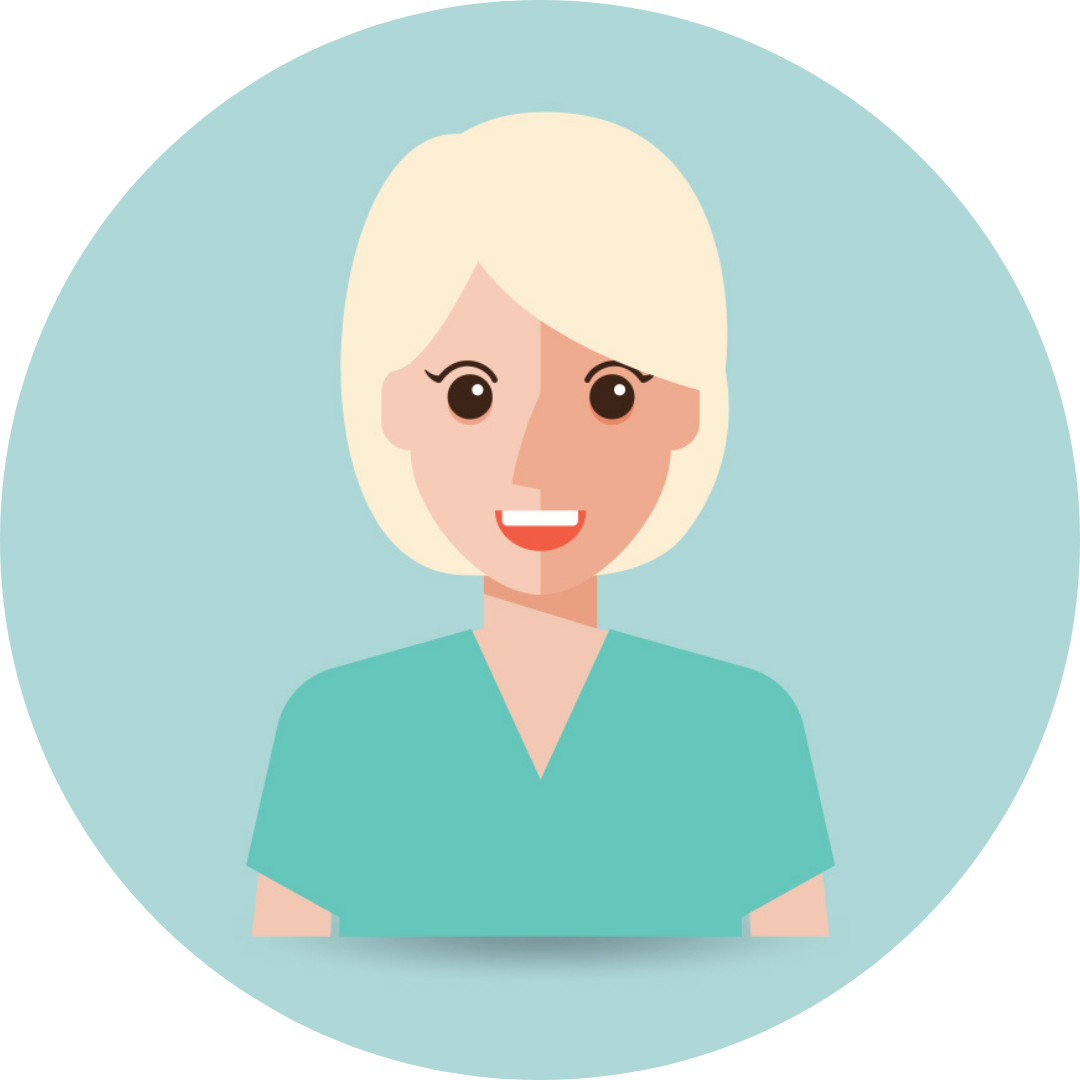Who Are These People (And Why Are They Here)?
When planning for the birth of your baby, you probably already have an idea of who will be present: your partner, your doula, your provider, and an L&D nurse. You might not expect a few additional faces to also step into your labor space as birth becomes imminent. Who are these people?
Before we introduce these faces, let’s first review what procedures are in place in any given birth facility to make sure the laboring person and their baby (or babies) are safely supported:
A qualified healthcare provider who offers prenatal care and is trained and has current certification in Neonatal Resuscitation.
Obstetrician | Certified Nurse Midwife | Family Physician | Certified Professional MidwifeIn addition to your healthcare provider, members of the labor support team who provide medical care* will have also taken a NRP course and hold current certification. This training is necessary to provide proper care and interventions should your newborn require it upon delivery.
SO.... WHO ARE THE REST OF THESE FOLKS?
ANOTHER REGISTERED NURSE (RN), SOMETIMES REFERRED TO AS A “BABY CATCHER” OR “BABY NURSE” BY YOUR L&D NURSE
This nurse is usually another L&D RN who is asked by your primary nurse to join her in the delivery room as birth becomes imminent. During delivery, you are the main focus of your L&D nurse, while the second nurse is there to check over your baby and begin newborn care, such as warming and drying him. With an uncomplicated, vaginal delivery, the “Baby Nurse” assists in getting baby positioned onto his parent’s chest and keeping him warm.
OB/SCRUB TECH
Techs do not provide medical care the way your nurse will, but they can assist in other duties, such as helping you get up to use the restroom. As labor progresses and the time of delivery moves closer, the OB Tech usually brings a cart of sterile supplies into the room for your provider. The OB Tech may remain present through the delivery to offer assistance to your nurse and provider, and often helps to get the room cleaned up and back together after the birth. OB Techs are usually trained in NRP.
CHOOSING A HOME BIRTH?
You won’t have L&D RNs or an OB/Scrub Tech, so we can exchange their duties with another birth professional. In addition to your primary midwife, typically another midwife, midwifery apprentice, or midwifery assistant is also present. Usually, but not always, the latter two also hold current NRP training and certification. Each midwifery practice can differ in their approach, so chat with your midwife about who will be present for your birth and what their roles look like.
IS YOUR PREGNANCY CONSIDERED HIGH RISK?
If your pregnancy is considered high-risk it doesn’t automatically mean that your baby will require resuscitation, but your healthcare team will be prepared just in case. The AAP states:
“If risk factors are present, at least two qualified people should be present solely for the baby." ¹ Risk factors include, but are not limited to: Preeclampsia; Gestational age less than 36 0/7 weeks or more than or equal to 41 0/7 weeks; Meconium stained fluid; Shoulder dystocia; and Placental abruption.
ADDITIONAL TRAINED STAFF
If many risk factors are present, or the birth is considered very high-risk (extremely premature baby or prolapsed umbilical cord, for example) a neonatologist may be present at your baby’s birth to oversee his or her care from the very start. Neonatologists specialize in newborn care, especially in the care of those newborns born ill due to prematurity or congenital birth defects. In such high-risk births, it is normal for additional trained staff (at least 4 or more, depending on the setting) to be present and ready to work as a team. The team may include RNs and Respiratory Therapists (RT).
In my own personal experience, a team consisting of a neonatologist and two additional RNs were in the labor room on standby for the birth of my third child. I was 41 1/7 weeks pregnant, diagnosed with polyhydramnios (excess amniotic fluid), and had meconium-stained fluid when my water broke. My son came out bright red and screaming, so the team hung out in a corner for a few minutes until the neonatologist gave a thumbs up and said, “Congratulations! You don’t need us!”
HAVING A CESAREAN BIRTH?
If planned ahead of time, you will also meet the anesthesiologist who will be present for the birth. In the operating room, the anesthesiologist sits right at your head and is constantly monitoring your vitals and making sure you are feeling as comfortable and pain-free as possible. In the event of an urgent cesarean, there may not be time to meet the anesthesiologist beforehand. A few more people are usually present in the OR, and may include: the obstetrician performing the surgery, the L&D nurse, the “baby nurse”, a respiratory therapist, and a surgical/scrub tech. Depending on the facility where you deliver, there may be others present especially if it is a teaching hospital.
*Because doulas do NOT provide or perform medical treatment, they are not required to hold NRP certification. ProDoula, the certifying body for all of DOC's doulas, does require CPR training and certification.
¹Weiner, Gary M., Jeanette Zaichkin, and John Kattwinkel. Textbook of neonatal resuscitation. 7th ed. Elk Grove Village, IL: AmerIcan Academy of Pediatrics, 2016. Print.
Written by: JoEllen Noble, IBCLC, ProDoula Certified Labor Doula, Postpartum Doula, Certified Postpartum Placenta Specialist, and General Bad Ass.






